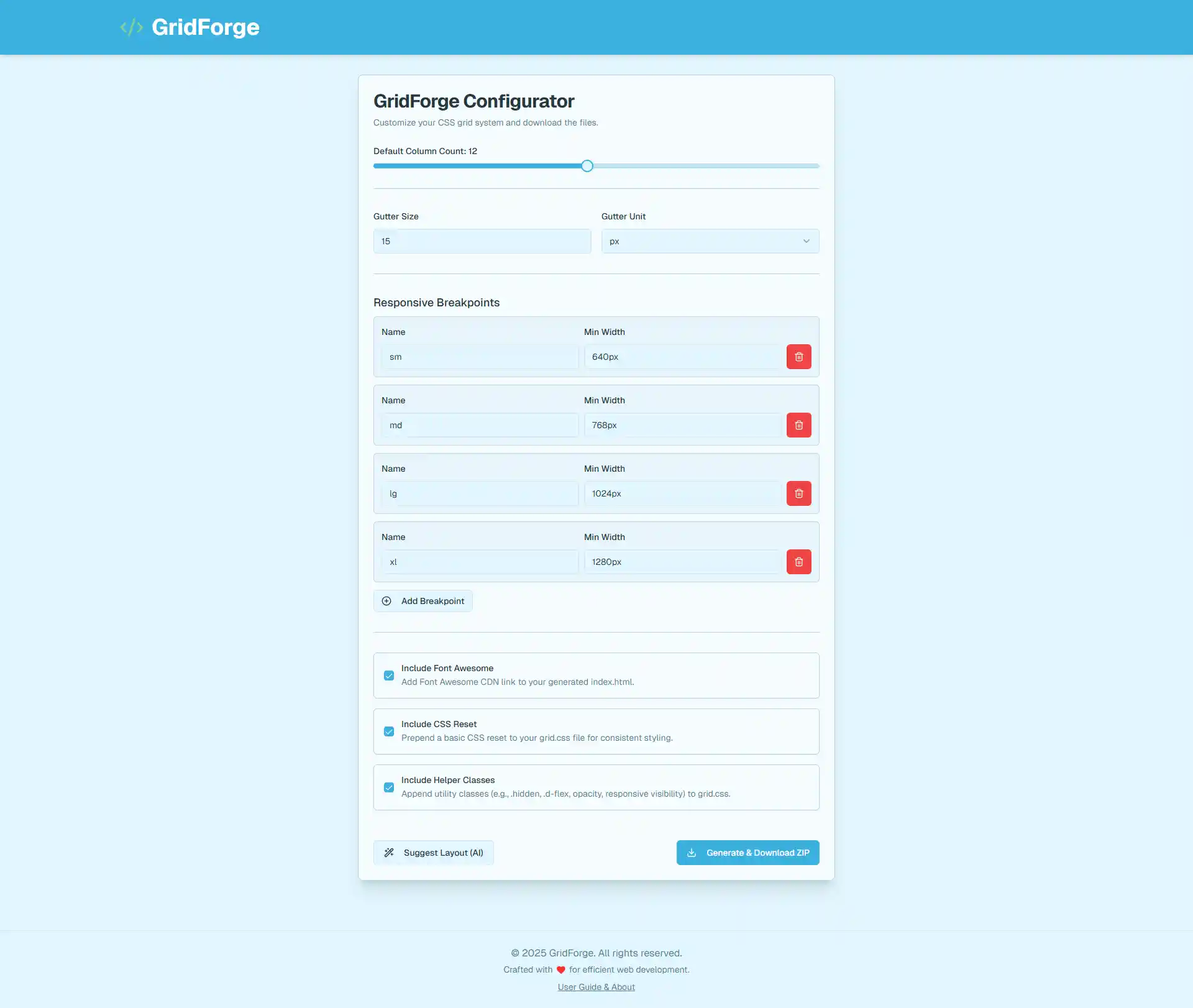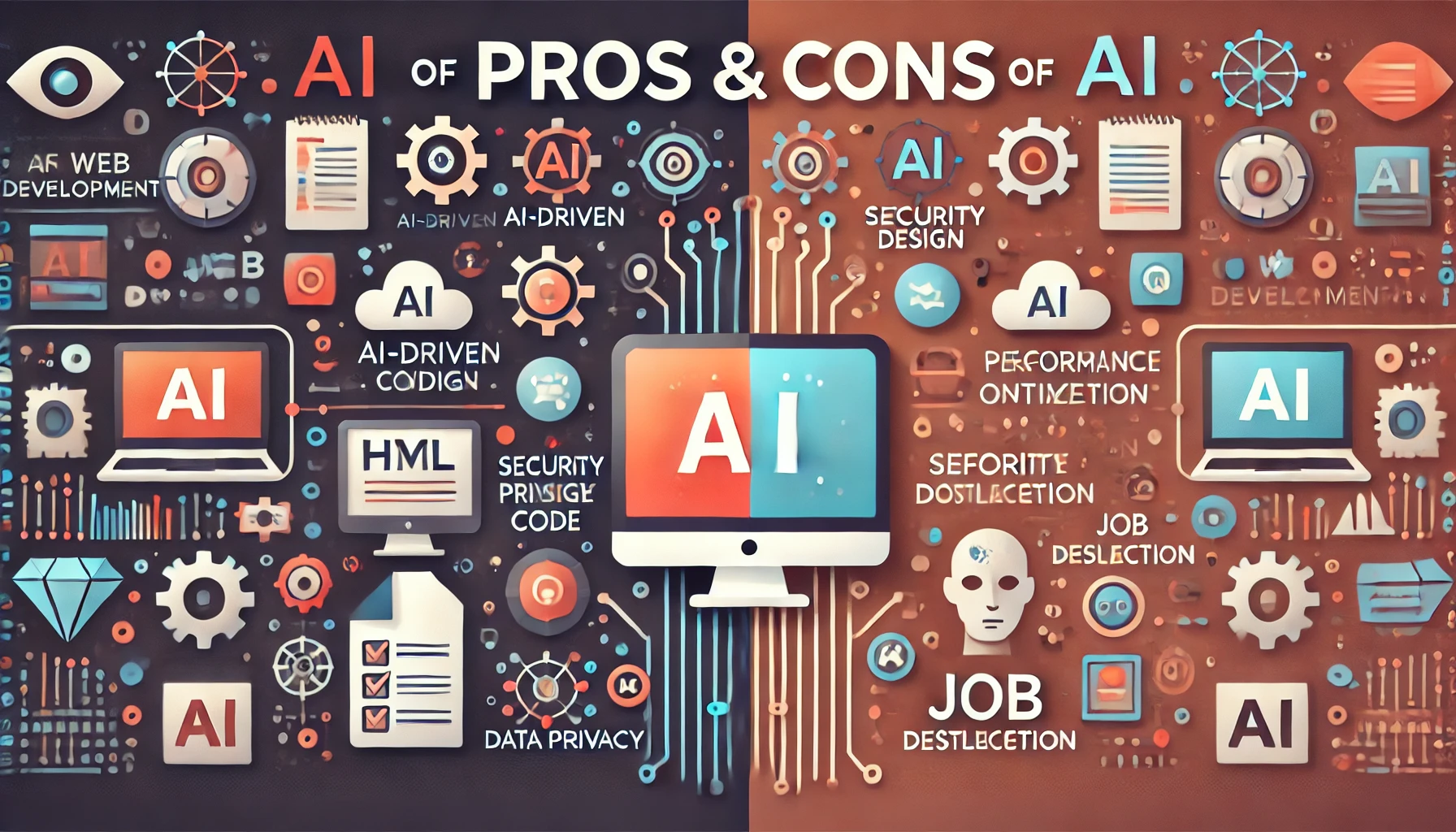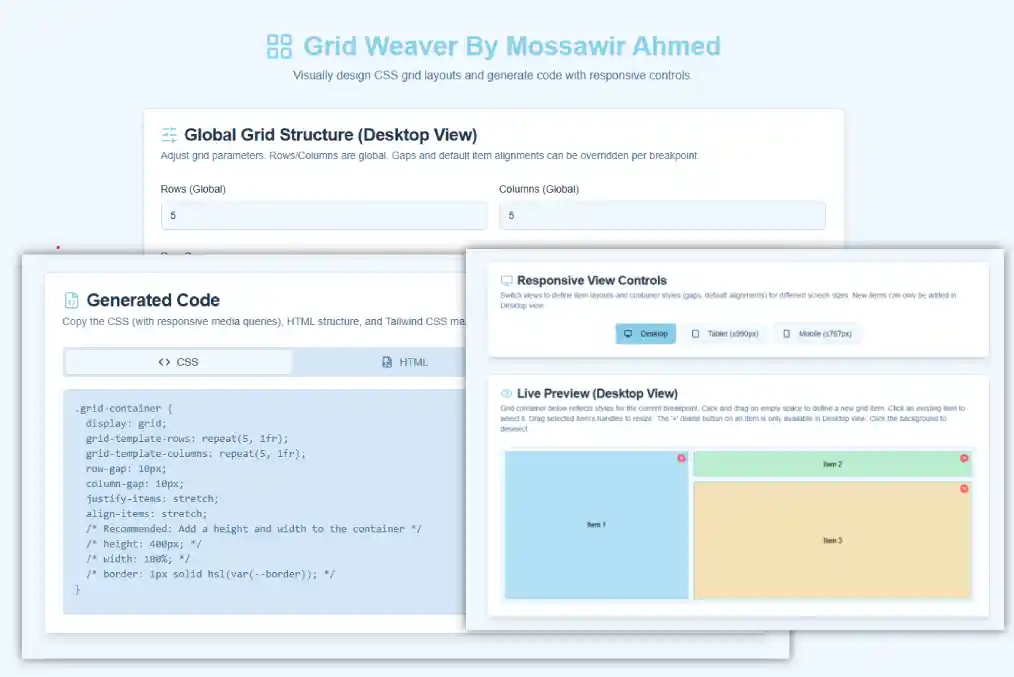
Artificial Intelligence (AI) is transforming every aspect of the web development industry, from UI design to frontend and backend development. While AI offers many benefits that streamline processes and enhance user experiences, it also comes with some downsides that developers and businesses must consider. In this post, we’ll explore both the advantages and challenges of integrating AI into different areas of web development.
AI plays a significant role in improving User Interface (UI) and User Experience (UX) design, making the design process faster and more efficient.
In frontend development, AI helps optimize the design-to-code process, making development faster and more precise.
AI has also made backend development more streamlined and intelligent.
AI tools like MarketMuse and BrightEdge can analyze search trends, competitors, and user behavior to generate SEO-optimized content suggestions. This automation helps web developers ensure that the websites they build are more search-friendly without needing an SEO expert.
AI-powered chatbots like ChatGPT, integrated into websites, can handle customer queries, provide instant support, and automate customer service. They provide real-time interaction and solutions, improving user engagement and reducing customer service response times.
While AI-driven tools can speed up the coding process and design workflows, over-reliance on automation can lead to a loss of creativity and problem-solving skills.
Integrating AI tools into web development can require significant investment, both in terms of time and financial resources.
AI-powered tools and frameworks often come with a steep learning curve.
AI systems rely heavily on user data to optimize performance, which can lead to privacy and security issues.
As AI automates more aspects of web development, there are concerns about job displacement in the industry.
AI is undoubtedly the future of web development, offering incredible benefits in terms of efficiency, personalization, and automation across UI, frontend, and backend development. However, developers and businesses need to be mindful of its downsides, such as over-reliance on automation, high costs, and security concerns. By balancing the use of AI with human creativity and strategic thinking, developers can harness its potential to build smarter, more responsive websites while mitigating its challenges.
Whether you’re building a sleek user interface or managing complex backend tasks, integrating AI into your workflow can give you a competitive edge. However, keeping human expertise in the loop will ensure that your web development projects maintain the perfect blend of innovation and individuality.




At Mossawir.com, we are committed to protecting the privacy of our clients and website visitors. This Privacy Policy outlines how I collect, use, and protect your personal information when you visit our website or engage with our services.
I collect the following types of information to provide better services to our clients:
I use the collected information to:
I do not sell or rent your personal information to third parties. Your information will only be shared when necessary to fulfill your project requirements or comply with legal obligations.
My website uses cookies to enhance your browsing experience. Cookies help us understand how you use our website and allow me to offer personalized content or services. You can control or disable cookies through your browser settings, but please note that some features of our website may not function properly if cookies are disabled.
I implement a variety of security measures to safeguard your personal and project-related information. While I strive to use commercially acceptable means to protect your data, no method of transmission over the internet is 100% secure. Therefore, we cannot guarantee its absolute security but work diligently to prevent unauthorized access.
I may use third-party tools or services to improve our website or deliver our services. These third parties may collect information about your interaction with my website. However, I ensure that any third-party services we use adhere to strict privacy and security standards.
You have the right to:
To exercise these rights, please contact me using the information provided below.
I may update this Privacy Policy from time to time to reflect changes in our practices or legal obligations. The updated policy will be posted on this page, and the effective date will be revised accordingly.
If you have any questions or concerns regarding this Privacy Policy or how we handle your data, please contact us at:
By using my website and services, you agree to the terms of this Privacy Policy.
I take client confidentiality very seriously and am committed to maintaining the privacy and security of all information shared during our project. Below are the key principles I adhere to:
Confidential Information
Any information you provide, including business details, design specifications, proprietary data, or any other sensitive material, will be treated as strictly confidential.
Non-Disclosure
I will not disclose, share, or use any confidential information for any purpose outside the scope of your project. Information shared will be used solely for the purpose of delivering the services you've hired me for.
Data Security
All files, assets, and credentials will be stored securely, ensuring that no unauthorized third parties can access your information. Upon project completion, sensitive data will be properly stored or destroyed, as per our agreement.
Third-Party Involvement
If third-party collaboration is required, I will ensure that any partners or subcontractors adhere to the same confidentiality standards.
Ownership of Work
All project-related files, code, and design materials developed during the project remain your intellectual property, and no elements will be reused or shared without your consent.
Post-Project Confidentiality
Even after the project is completed, all confidential information shared will continue to be protected.